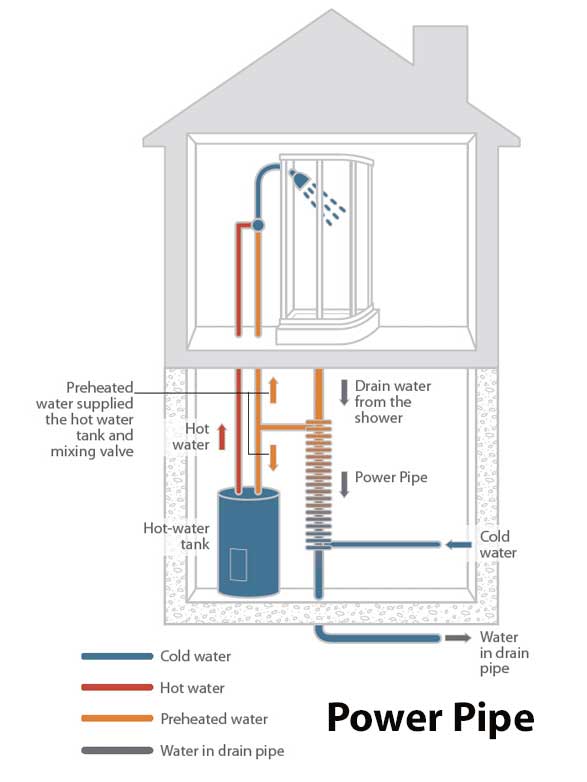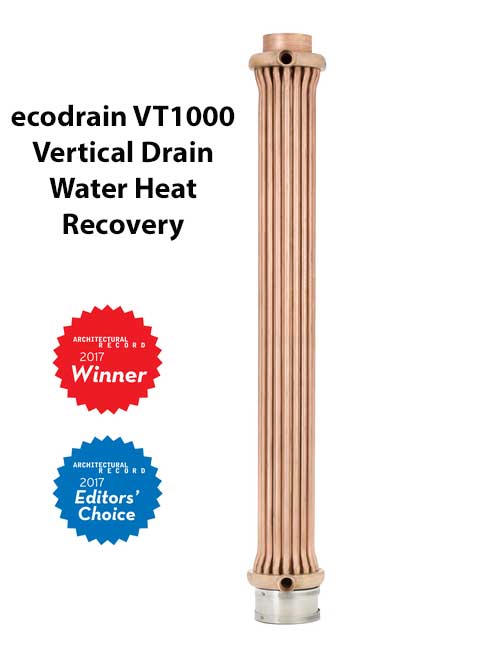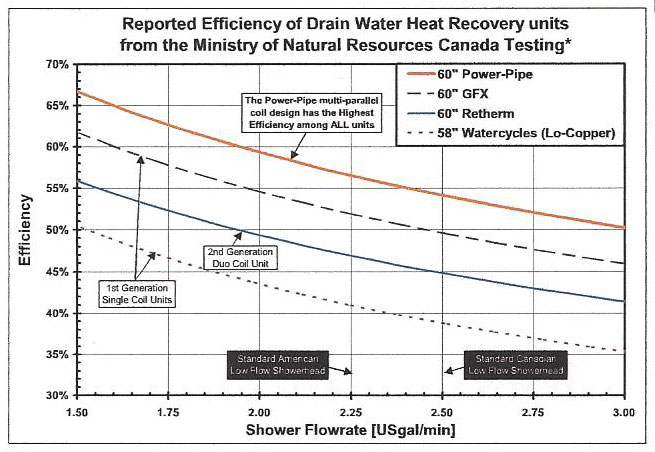DIYorBust
Active Member
Trying to get a little more peak capacity out of my DHW system, and would appreciate suggestions. I have an SSU-45 indirect water heater heated by a Navien NHB-150 which also provides space heat. It's ok most of the time, but when the cold water supply gets really cold in Jan/Feb, it can a little short on hot water when I fill the tub, or have 2 or 3 showers going. Here are some ideas I've had, but they all have drawbacks. Do any of these ideas sound practical, or what approach would you folks take? Much thanks in advance for your responses.
1. Add a 30 gallon storage tank in series with an aquastat to call for hot water from the indirect.
-Whichever is closer to the fixtures would be on priority.
2. Install a second indirect, in series with the first, and put one of them on DHW priority over the other.
3. Install a larger indirect.
-The SSU-45 requires about 150K BTU input, so if I upsize the indirect, the performance and recovery time might suffer.
4. Install a tempering tank to feed the indirect at room temp.
5. Install an electric water heater, perhaps in parellel.
6. A combi plus an indirect or storage unit might be possible, but is this practical? Plus I'd be replacing a working boiler, and combi's don't have a great reputation.
Other considerations:
-NHB's cannot be common vented with water heaters, and a tankless would probably require a gas service upgrade which is currently not possible.
-The hot water is stored at 180 degrees and downmixed at the outlet.
-Space heating load is 60-100K BTU.
-I cannot easily install a stand alone gas water heater because I do not have a flue or chase available, and cannot wall vent due to the lot configuration. The roof is about 50 feet up from the boiler room with lots of interesting stuff along the way.
DIYOB
1. Add a 30 gallon storage tank in series with an aquastat to call for hot water from the indirect.
-Whichever is closer to the fixtures would be on priority.
2. Install a second indirect, in series with the first, and put one of them on DHW priority over the other.
3. Install a larger indirect.
-The SSU-45 requires about 150K BTU input, so if I upsize the indirect, the performance and recovery time might suffer.
4. Install a tempering tank to feed the indirect at room temp.
5. Install an electric water heater, perhaps in parellel.
6. A combi plus an indirect or storage unit might be possible, but is this practical? Plus I'd be replacing a working boiler, and combi's don't have a great reputation.
Other considerations:
-NHB's cannot be common vented with water heaters, and a tankless would probably require a gas service upgrade which is currently not possible.
-The hot water is stored at 180 degrees and downmixed at the outlet.
-Space heating load is 60-100K BTU.
-I cannot easily install a stand alone gas water heater because I do not have a flue or chase available, and cannot wall vent due to the lot configuration. The roof is about 50 feet up from the boiler room with lots of interesting stuff along the way.
DIYOB




